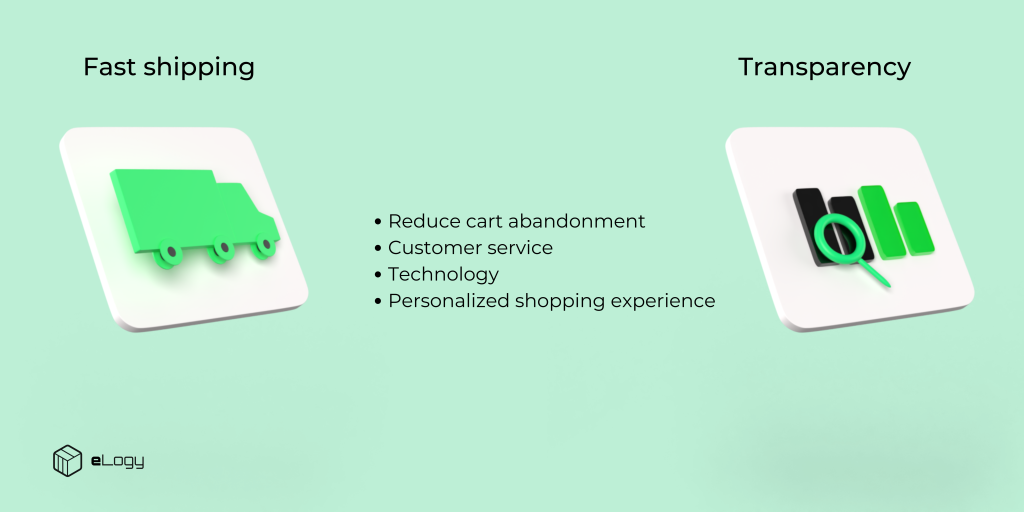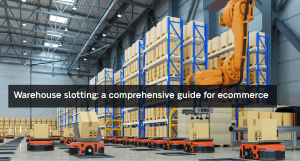Ecommerce is synonymous with convenience and speed in offering products and services. These two aspects have contributed to its growing popularity. However, despite the many benefits of online shopping, one of the biggest challenges for ecommerce is delivering the same level of customer service that can be found in brick-and-mortar stores. In order to do this, it is necessary to implement the right strategies to create a positive experience for customers. In this article, we’ll explore tips and strategies to improve customer satisfaction to distinguish yourself from competition.
Customer satisfaction meaning
Customer satisfaction is the degree of satisfaction with a company’s products and/or services. A negative customer experience has a strong impact on a brand’s reputation and also determines its chances of future sales. On the contrary, a positive customer experience means satisfied customers and therefore consumers who are inclined to spend more on the products and services offered. Giving the right priority to customer satisfaction means increasing the chances of building a lasting relationship, as well as the value and reputation of a brand. In a competitive market like ecommerce, improving customer satisfaction is a primary goal for anyone who wants to build a successful company.
Here are the 10 strategies to implement to improve the customer satisfaction of your ecommerce:

1. Have a website with clear and simple navigation
To improve customer satisfaction it is essential to have a website that is easy to navigate. To ensure that people do not abandon your ecommerce web pages, you need to make sure to invest in UX, favouring functionality above all else. Indeed, on your website, customers must be able to:
- Quickly find the products they are looking for
- Have fast page loads
- Clear texts
- Mobile optimization
- Search bars
- Product categories
- Navigate intuitively
A good User Experience is aimed at creating a positive customer experience on your website, making sure that they reach their goals in the simplest and fastest way possible. According to the Baymard Institute, 26% of shoppers abandon their carts because the checkout process is too long and complex. This means that curating UX will help you convert many more site visits into purchases, precisely because the overall online shopping experience is optimized.
2. Offer multiple payment options
Offering multiple payment options is essential to improve the customer experience and therefore the satisfaction with the services you offer. Buyers want to have the flexibility to choose how to pay: PayPal, credit card, debit card, COD or even “try first and pay later”. Offering different options means you better cater to the needs and preferences of different customers and ultimately ensure you sell more and keep people coming back to your shop in the future.
3. Provide clear and transparent information
Detailed and transparent product information is essential to improve customer satisfaction and make people understand exactly what they are buying. This includes describing the features, dimensions and materials of the products, as well as adding high-quality images on your site. Showing reviews from other customers under your products can help increase customer trust and build confidence.
4. Transparency in shipments
Furthermore, transparency is also fundamental in shipments: customers want to know the progress of their order status and ecommerce must be able to provide real-time updates, tracking links, and predictions of delivery times. Keeping customers informed means building trust.
5. Post-sales follow-up
Post-sales follow-up is essential to support and take care of the customer in the phases following the purchase. This means sending confirmation emails, shipping updates and asking them to write a review of the purchased product.
6. Clear return policies
Clarity and transparency obviously also extend to return policies. When an ecommerce has transparent return policies and a simple and free logistics process, buyers are more likely to be satisfied with their online shopping experience, even when they need to return a product. To learn more about how to make returns an advantage for your ecommerce, check out our guide here.
7. Fast and convenient shipping
To ensure high customer satisfaction, one of the fundamental aspects to take care of is the speed and convenience of shipments. Those who buy online want to receive the products quickly and without having to pay excessive shipping costs. To stay competitive, ecommerce must be able to offer fast and convenient shipping options, including free shipping.
8. Personalize the shopping experience
Personalizing the shopping experience is the key to improving the customer experience on your site, satisfying any individual needs. To do this it is important to provide personalized recommendations based on past purchases, targeted promotions and discounts. This will increase customer engagement with your brand and also allow you to grow your average order value over time, generating additional sales.
9. Reward loyalty
Rewarding the most loyal customers means offering personalized discounts, exclusive promotions or reserved access to products. This will make them feel valued and more engaged. Also, remember to maintain regular communication with them, through emails and newsletters to inform them about the benefits of being regular customers of your online store.
10. Provide efficient customer service
An efficient customer service is able to respond promptly to buyers’ requests, solve problems quickly and offer assistance at every stage of the buying process, encouraging people to repeat purchases in the future and leave a positive review. This will have a huge impact on your online store, increasing its ability to attract new customers and retain existing ones.
Conclusions
Increasing customer satisfaction is a challenge for any ecommerce. Businesses have to do more and more everyday to keep up with market needs. A 3PL can make this easier, helping you deliver the added value to make you ecommerce grow:
- Maintain high quality of service (including fast shipping and returns)
- Additional services such as customized packaging and labels
- Technology at the service of customers, including automatic tracking links and emails with order status update
- Transparent communication thanks to call center support and customer service
- Personalized shopping experience




